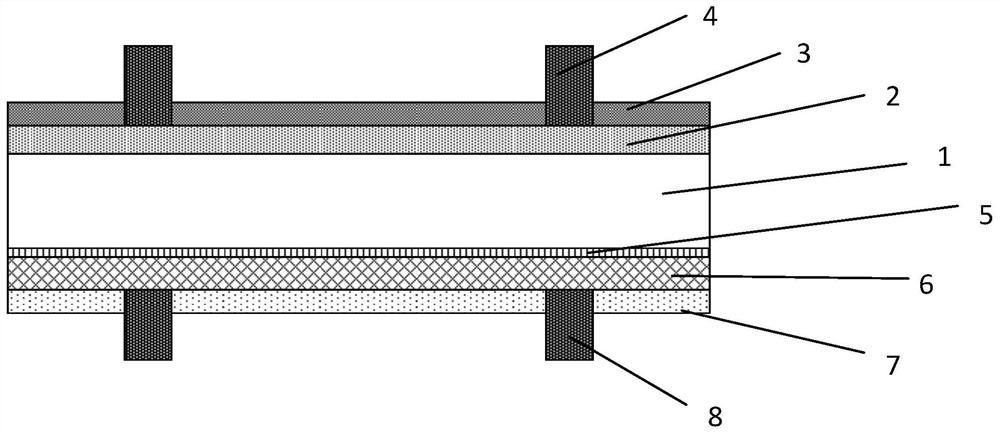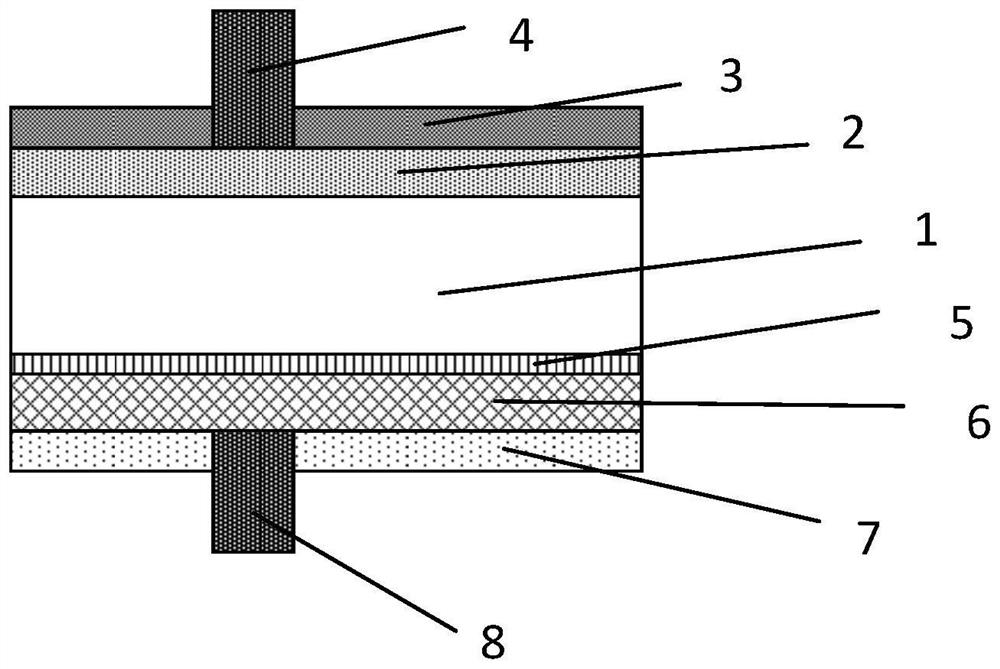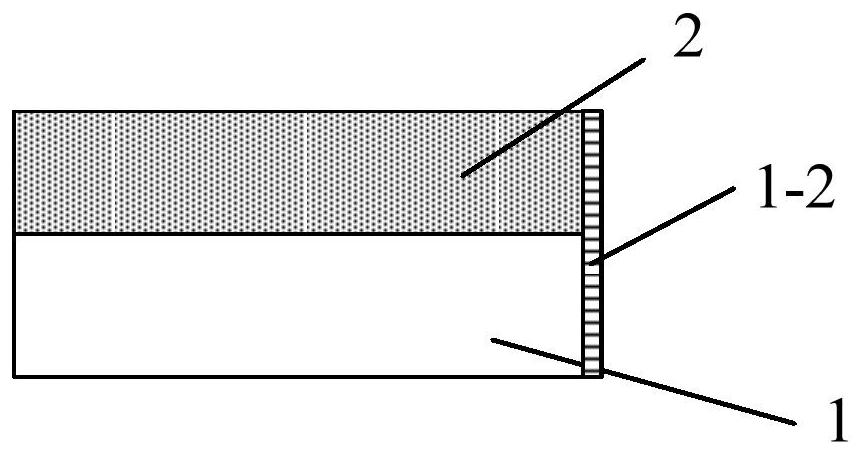Production method of passivation contact crystalline silicon cell
A battery, hydrogen passivation technology, applied in the field of solar cells, can solve the problems of loss of solar cell conversion efficiency, photoelectric conversion efficiency loss, solar cell efficiency loss and other problems
- Summary
- Abstract
- Description
- Claims
- Application Information
AI Technical Summary
Problems solved by technology
Method used
Image
Examples
Embodiment Construction
[0041] The present invention will be described in detail below in conjunction with the accompanying drawings, and the features of the present invention will be further revealed in the following detailed description.
[0042] figure 1 It is a cross-sectional view of the structure of a crystalline silicon solar cell. As an example, figure 1 The crystalline silicon solar cells shown in can be n-type TOPCon cells or POLO solar cells, and the cross-sectional view of a typical cell structure is shown in figure 1 As shown, it includes an N-type silicon wafer 1, a boron diffused emitter 2, a front anti-reflection film 3, a front electrode 4, a tunnel oxide layer 5, a phosphorus-doped polysilicon film 6, a back SiNx:H film 7, and a back electrode 8 .
[0043] Assuming that the battery is laser cut and it is a half battery, its cross-section is as follows figure 2 shown. As mentioned in the background section, damage due to conventional laser cutting will be figure 2 The edge in...
PUM
 Login to View More
Login to View More Abstract
Description
Claims
Application Information
 Login to View More
Login to View More - R&D
- Intellectual Property
- Life Sciences
- Materials
- Tech Scout
- Unparalleled Data Quality
- Higher Quality Content
- 60% Fewer Hallucinations
Browse by: Latest US Patents, China's latest patents, Technical Efficacy Thesaurus, Application Domain, Technology Topic, Popular Technical Reports.
© 2025 PatSnap. All rights reserved.Legal|Privacy policy|Modern Slavery Act Transparency Statement|Sitemap|About US| Contact US: help@patsnap.com



